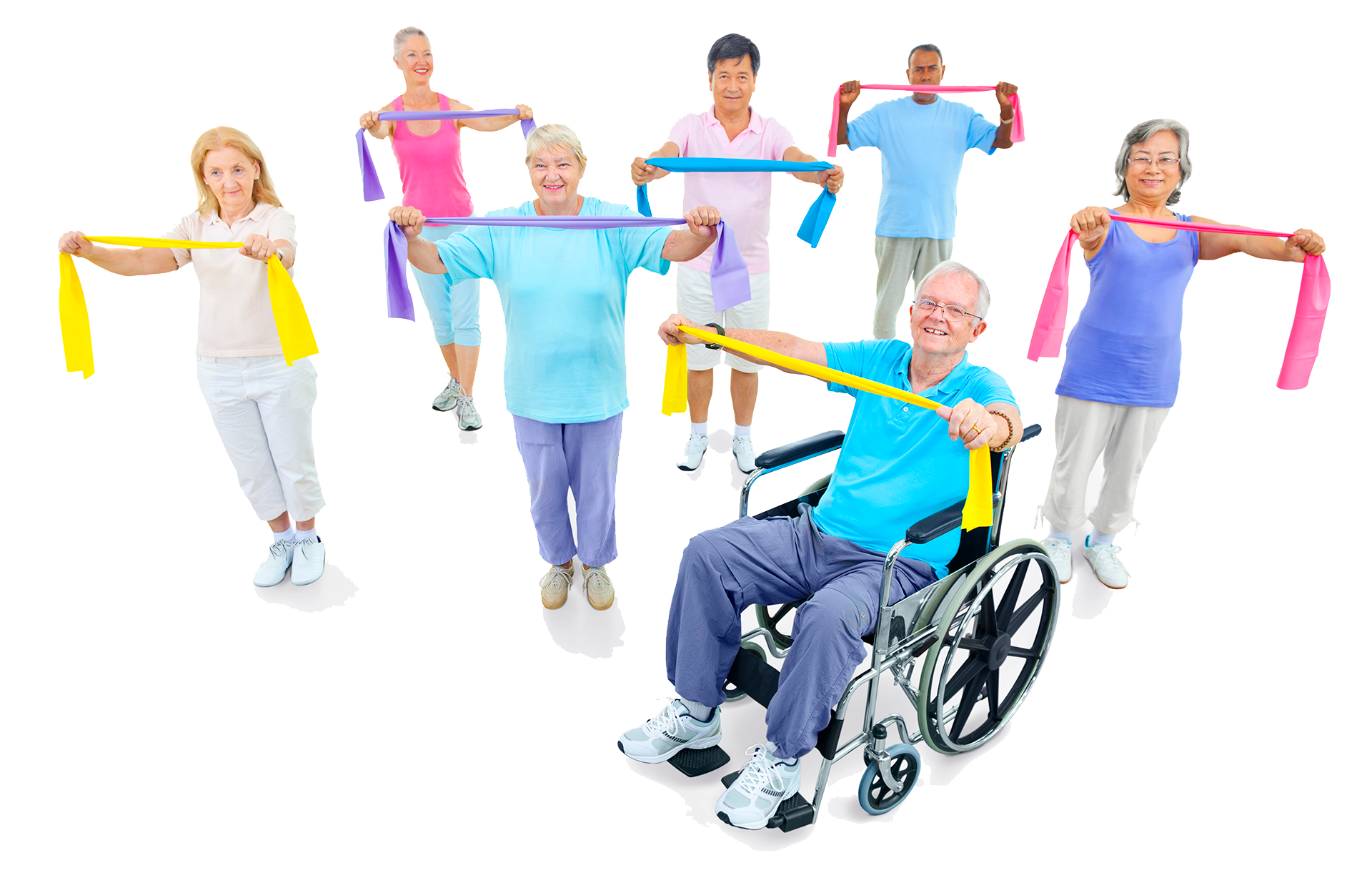Heart Health
Did you know that Heart disease is the leading cause of premature death for women in Canada (dying before reaching their expected lifespan). 80% of deaths in Canada are caused by Heart Attack or Stroke. Symptoms of a heart attack should be taken seriously.
Signs of a Heart Attack:
- Chest discomfort at the central or left part of the chest.
- Pressure, squeezing, fullness or pain, burning or heaviness.
- Sweating
- Upper body discomfort
- Neck, jaw, shoulder, arms, back.
- Nausea
- Shortness of breath
- Lightheadedness
Women’s Signs:
Women are more likely to feel a vague chest discomfort, and not a sharp pain or tightness. Yet the attack may be more severe than it is with men. Women are usually older when they have their first heart attack. Women who have a heart attack are more likely to die or suffer a second heart attack compared to men. Five times as many women die from heart disease as breast cancer.
The most common heart attack sign is chest pain or discomfort, however, women can experience a heart attack, for example, without chest pressure or severe pain.
- Shortness of breath
- Pressure or pain in the lower chest or upper abdomen
- Dizziness, lightheadedness or fainting
- Upper back pressure
- Nausea, vomiting and/or extreme fatigue
- Mild chest pain (and sometimes only pain in the jaw, which might not seem related to your heart).
A Heart Attack Can Lead to Cardiac ARREST
If the heart stops pumping for any reason, blood is no longer getting to the brain, heart and vital organs. Death can occur within minutes.
Signs of Cardiac Arrest:
- Sudden collapse
- Unresponsive to touch and sound
- Not breathing or is making gasping sounds
What To Do If You See Someone Having a Heart Attack
1. Call 9-1-1
Or your local emergency number right away.
2. Yell for an AED (Automatic External Defibrillator)
While you do CPR, someone else can fetch an AED if available. AED’s are often in public places. The 9-1-1 operator might know where the nearest one is.
3. Start CPR
Push hard and fast in the centre of the chest
4. Don’t be afraid of doing it wrong.
Doing CPR – even if not perfect-gives the victim the best chance. You can’t hurt. You can only help.
(Note: An AED is an Automatic External Defibrillator. AEDs are safe to use. There are no reports of AEDs harming bystanders or users. There are no reports of AEDs delivering inappropriate shocks. If someone is having sudden cardiac arrest, using an AED and giving CPR (cardiopulmonary resuscitation) can improve the person’s chance of survival.)
What to do if you are alone:
1. Call 911. They can begin helping immediately to hep save the heart muscle. – and on the way to the hospital.
2. Stop what you are doing and get to safe spot. If you are driving, pull over. If at home try to get to a REST position. Keep your phone handy. Make sure your door or apartment can be opened.
3 Take an aspirin (unless you are allergic)
Preventing Heart Attacks – What You Can Do
Almost 80% of heart attacks can be prevented.
- Becoming and remaining smoke free
- Achieving and maintaining a healthy body weight
- Being physically active for at least 150 minutes of moderate-to-vigorous intensity like Aerobic physical activity per week, in bouts of 10 minutes or more
- Maintaining a healthy blood pressure through lifestyle changes (such as increased physical activity) and when needed through medication
- Eating a healthy, balanced diet focused on whole foods with lots of vegetables and fruit, and cooking at home as often as possible
- Using medications to reduce the risk of heart disease and stroke as prescribed by your healthcare provider. For example, medications for high blood pressure, high blood cholesterol and diabetes.
Note: Information obtained by the Canadian Heart and Stroke Website.

